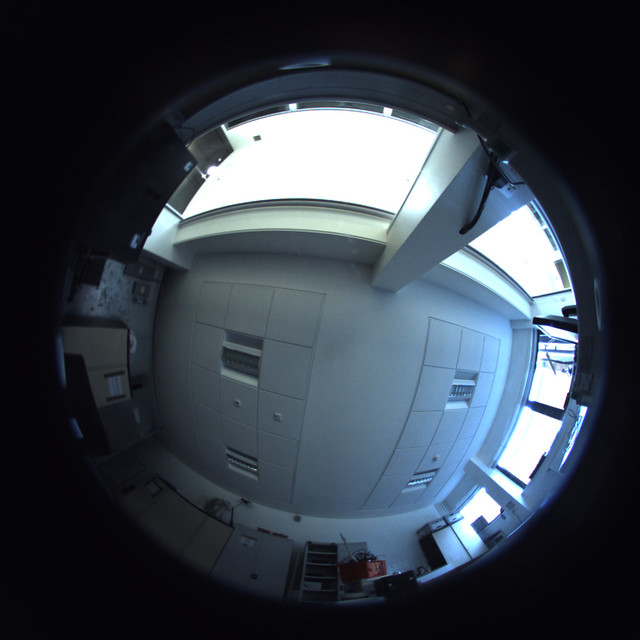 |
| ZWO ASI 174MC colour USB 3.0 camera. Image from ZWO website. |
Recently
AuroraWatch UK purchased a
ZWO ASI174MC colour USB 3.0 camera to (hopefully) record images of the aurora. The aim is to build an all-sky imager. To minimise the cost the camera will be connected to a
Raspberry Pi single-board computer and be located outside in a waterproof enclosure. This particular camera was chosen for several reasons:
- No mechanical shutter to wear out.
- The large pixel size (5.86um) should give good sensitivity.
- The sensor has an IR cut-off filter fitted (filters cannot be used with the fish-eye lens).
- The manufacturer provides support to access the camera from Linux.
At present the Linux support from ZWO is limited to a software development kit (SDK) which provides a C language library and header file. This is sufficient for a Raspberry Pi to be able to interface with the camera. However my preferred approach is to write the image capture and control software in Python since that will simplify development and access to the
AuroraWatch UK API. I therefore decided to write a Python wrapper for the C library. This is not something I have done before and after a little experimentation with
ctypes,
Cython and
CFFI and I settled on using ctypes. You can find the source code for my Python wrapper on
Github. It's also available on
pypi so you can install it simply by running "
pip install zwoasi".
I've written a short demo program to illustrate how to access the camera from Python. The camera can operate in two modes. The first, snapshot mode, takes a single exposure. The second, video mode, continually takes exposures which can be downloaded from the camera as and when required. At first glance either mode would appear suitable for the purpose of taking a single exposure once a minute. My main concern is how to set the exposure correctly for an automated system which will run in a variety of different lighting levels (twilight, nighttime, and possibly even daytime). Fortunately this particularly camera provides an auto-exposure mode which can adjust the exposure time and gain settings according to the ambient light levels. It does this by analysing the image histogram after each exposure. The documentation doesn't explain the auto-exposure mode but I suspected that the camera would have to be operated in video mode for this to work. A quick test proved this to be correct. How well the auto-exposure algorithm works at night has yet to be discovered; since it is an astronomy camera I'm optimistic that it will be suitable and save me from having to implement an exposure control algorithm.
 |
| Sample image from ASI174MC and Fukinon FE185C057HA-1 2/3" fisheye lens. |
The complete control system is intended to timestamp and watermark images, change the recording cadence according to AuroraWatch UK status and solar elevation, record temperature and humidity, and control heating and fans.

